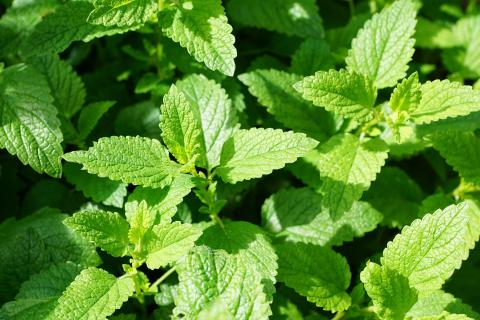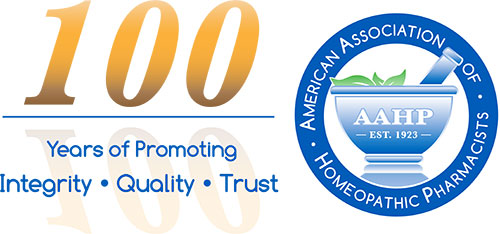Don’t Skip the Mint

By Mary Beth Watkins and Eric L. Foxman, R.Ph.
Peppermint is one of the oldest and most widely used herbal remedies. The Egyptians cultivated it three thousand years ago; the Icelandic pharmacopoeia of the thirteenth century documents its medical usage. Over the centuries, peppermint tea has settled nausea and upset stomachs, improved digestion, and relieved coughs.
You find mint in almost every corner of our lives. Mint flavors everything from mouthwash, toothpaste and breath fresheners to after dinner chocolates. It is sold in tincture form, as dried herb and the essential oil is one of the most recognizable to everyone. Mints are cultivated commercially, planted in home gardens and grow wild around the globe. The tea remains one of the world’s most popular herbal drinks.
In homeopathy, mint has been used since the 1850’s primarily for the treatment of gastrointestinal and respiratory symptoms. Some consumers may give mint a wide berth, shying away from it for fear of inactivating their homeopathic medications. And, restrictive dictums, repeated over the years, may cause potential users to wonder, ‘If I use homeopathic medicines, do I have to give up using my mint toothpaste, stop drinking my peppermint tea, or avoid using the herb at all?’”
This unfair notoriety of mint comes from an inference that it counteracts homeopathic medicines and that its use was forbidden by Homeopathy’s founder, Dr. Samuel Hahnemann. It has been assumed for over 150 years that Hahnemann forbade peppermint, coffee, and other strong smelling substances during any homeopathic treatment. However, new research in the original language of Hahnemann’s writings shows that this was, in fact, not the case. Further, he strongly disapproved of making a patient’s diet difficult or restrictive.
There has never been a scientific study showing peppermint adversely impacting a homeopathic treatment. A few homeopaths have alleged that homeopathic treatments have been totally inactivated by coffee, peppermint or garlic when the medication was taken too soon after eating these foods or other spices with strong smells or tastes. It is possible that the lingering taste of foods or flavors interferes with the adequate absorption of homeopathic medicines through the mouth’s mucous membranes; therefore, the homeopathic medicines do not reach the blood stream properly and their effects are lost. At the same time, the subtle effects of some homeopathic medicine may be overwhelmed by the immediate presence of caffeine or menthol, which possess strong physiological action of their own.
It is always best to take homeopathic medicines in a clean mouth free for food or flavor. It’s a good idea to wait at elast 10-15 minutes after eating or brushing teeth. And if the food flavors linger, rinse the mouth with water before taking a homeopathic medicine. In addition, other medicines, herbs, supplements should be taken at a different time so that the maximum benefit can be had from both these and the homeopathic remedy. Always follow the manufacturer’s label or your health practitioners’ instructions when taking any homeopathic medication.
So, don’t skip the mint! Feel free to drink mint tea for a refreshing lift, to brush your teeth with a mint toothpaste, even use a minted soap or shampoo. Growing peppermint in the garden or on a window sill makes a wonderful addition to iced tea or salads. But — since homeopathic medicines can be very subtle, give the remedies a chance to begin their healing action; and later in the day then enjoy aroma-therapy, garlic, spices, herbs and teas and gain the full benefit of all.
References:
Homeopathic Pharmacopoeia of the United States
Weiner M. Weiner’s Herbal, Quantum Books, USA, 1991, pp.151-152.
Murphy, R., Lotus Materia Medica, Donnelly and Sons, 1995, pp.1085-1086.
Rembges, Dr.H.: Journal for Anthroposophical Medicine , Vol. 7, No. 2 (1990) Homeopathy and Peppermint, PAAM, Portland, OR. pp. 46-48.
Klunker, W. In Zeitschrift fuer Klassische Hoemopathie, 32 (1988) 135.
Hahnemann, S.: Organon der Heilkunst, 5. Aufl 1833 pp 260, [Organon of Healing]; see also Keller, G.V.: In Allgemeine Hoemeopatische Zeitung 232 (1987) 118.
